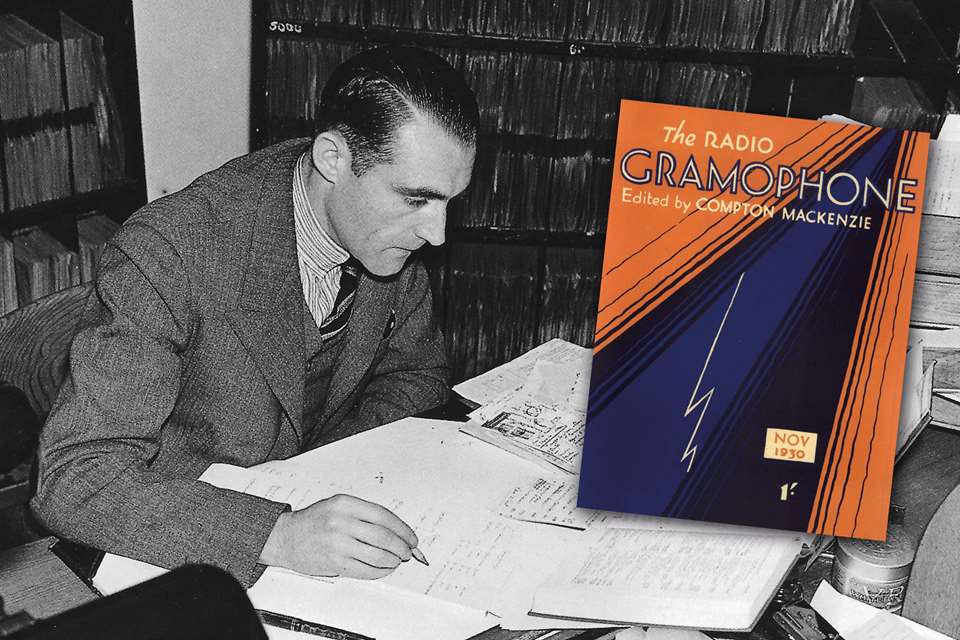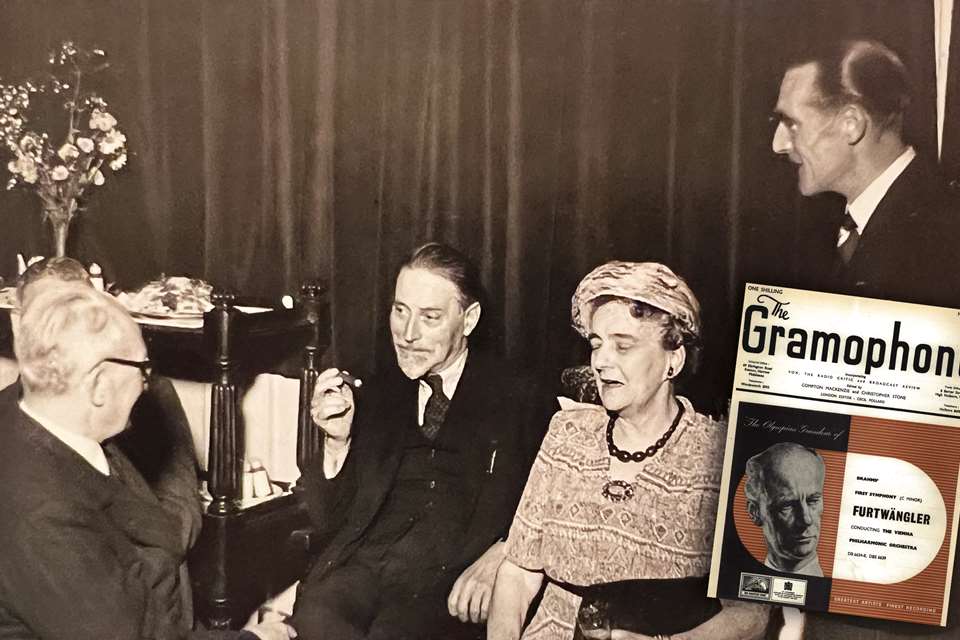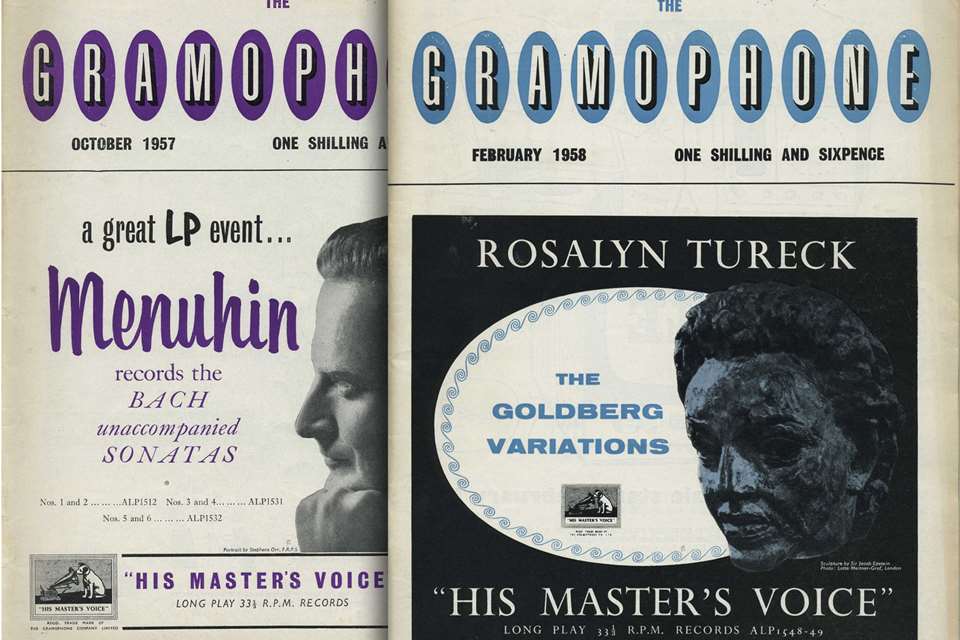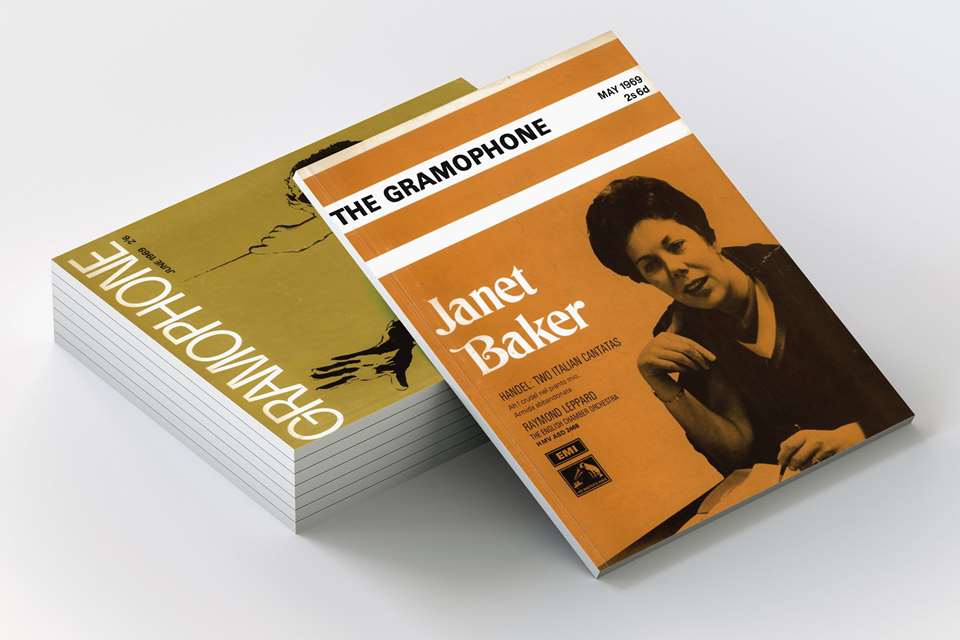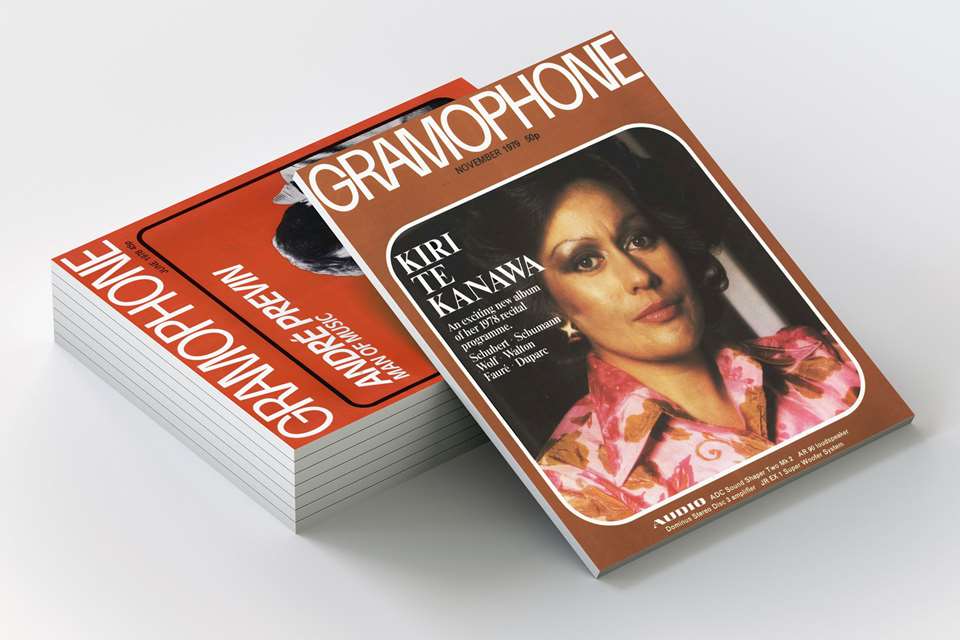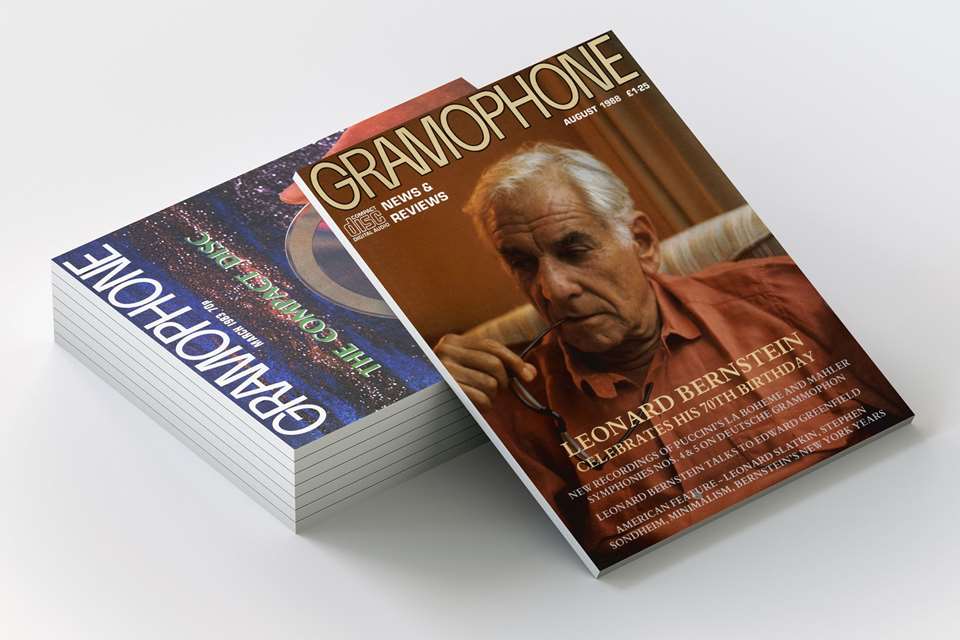Gramophone magazine: a history – the 1920s
James Jolly
Friday, January 5, 2024
In 1923 Compton Mackenzie responded to music-lovers’ pleas for a new magazine about records and launched The Gramophone
Register now to continue reading
Thanks for exploring the Gramophone website. Sign up for a free account today to enjoy the following benefits:
- Free access to 3 subscriber-only articles per month
- Unlimited access to our news, podcasts and awards pages
- Free weekly email newsletter




